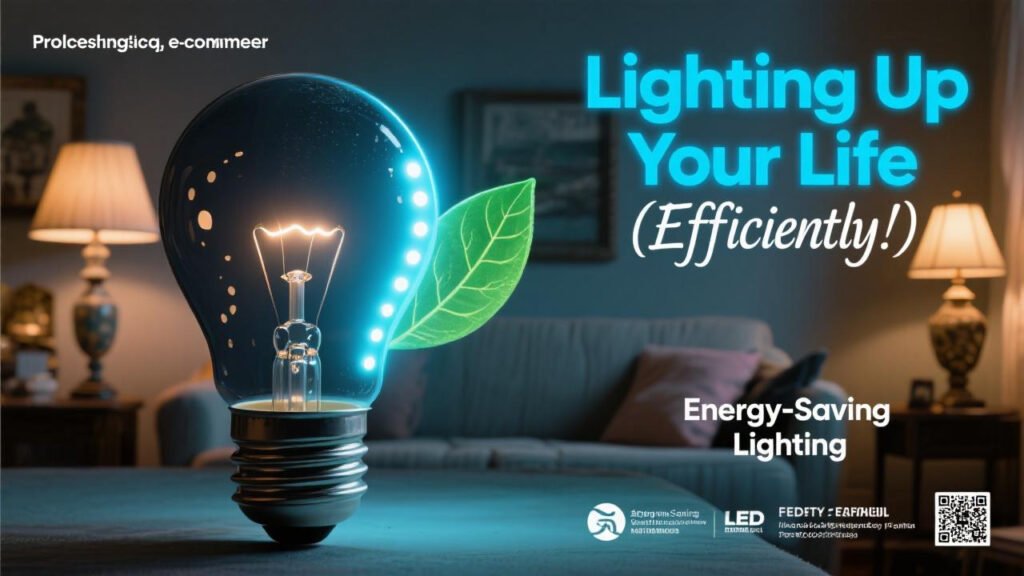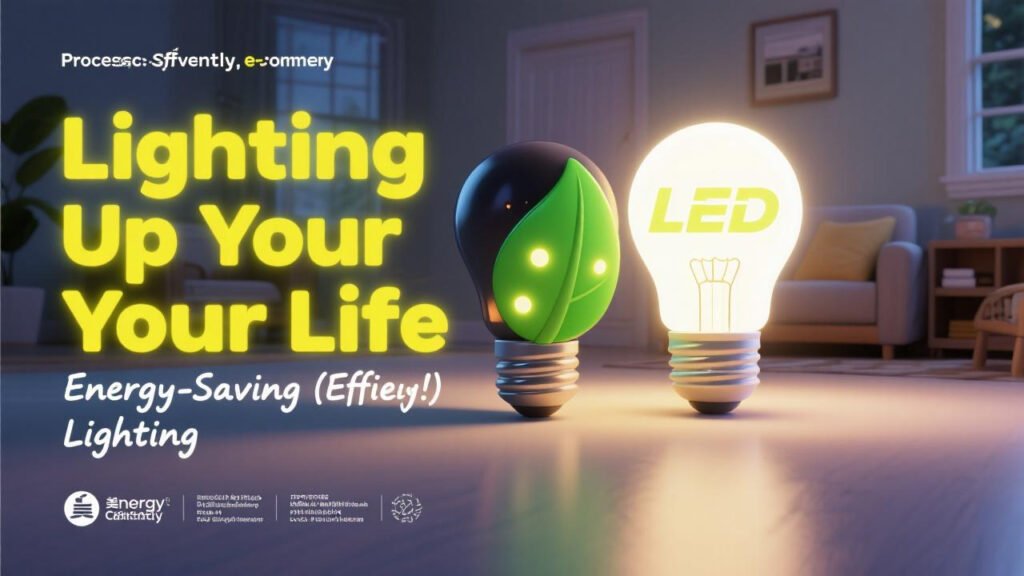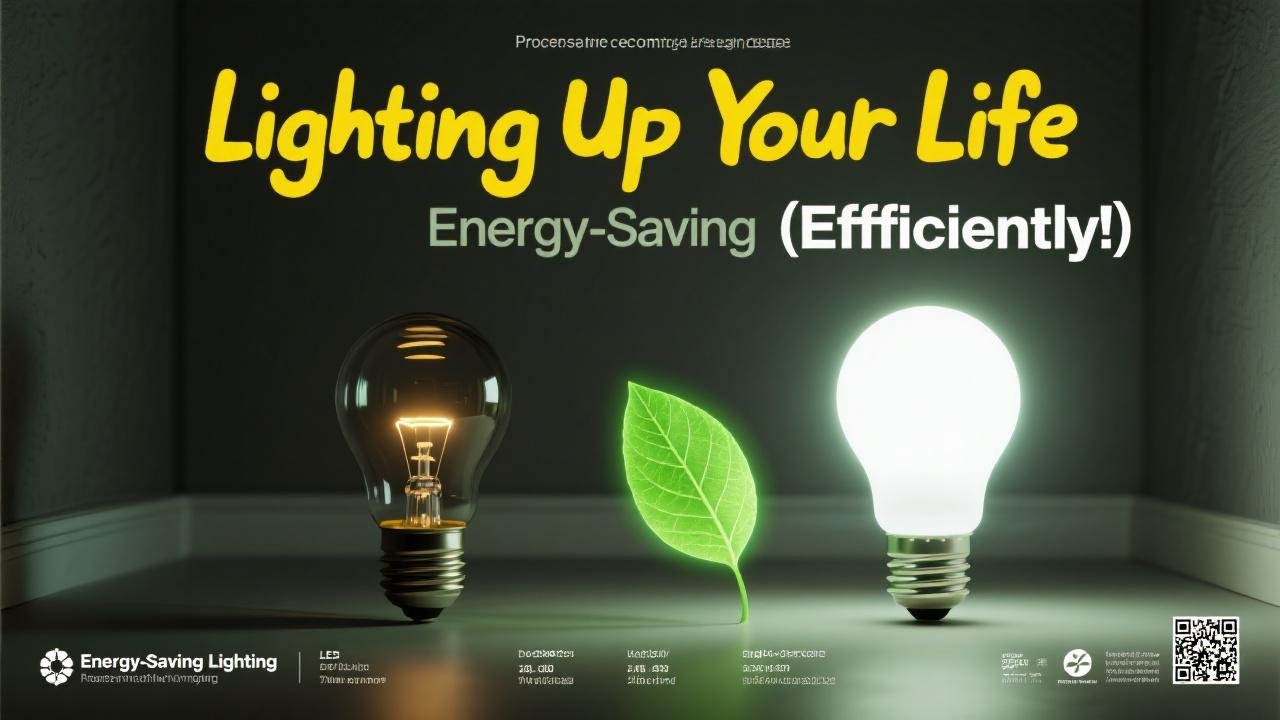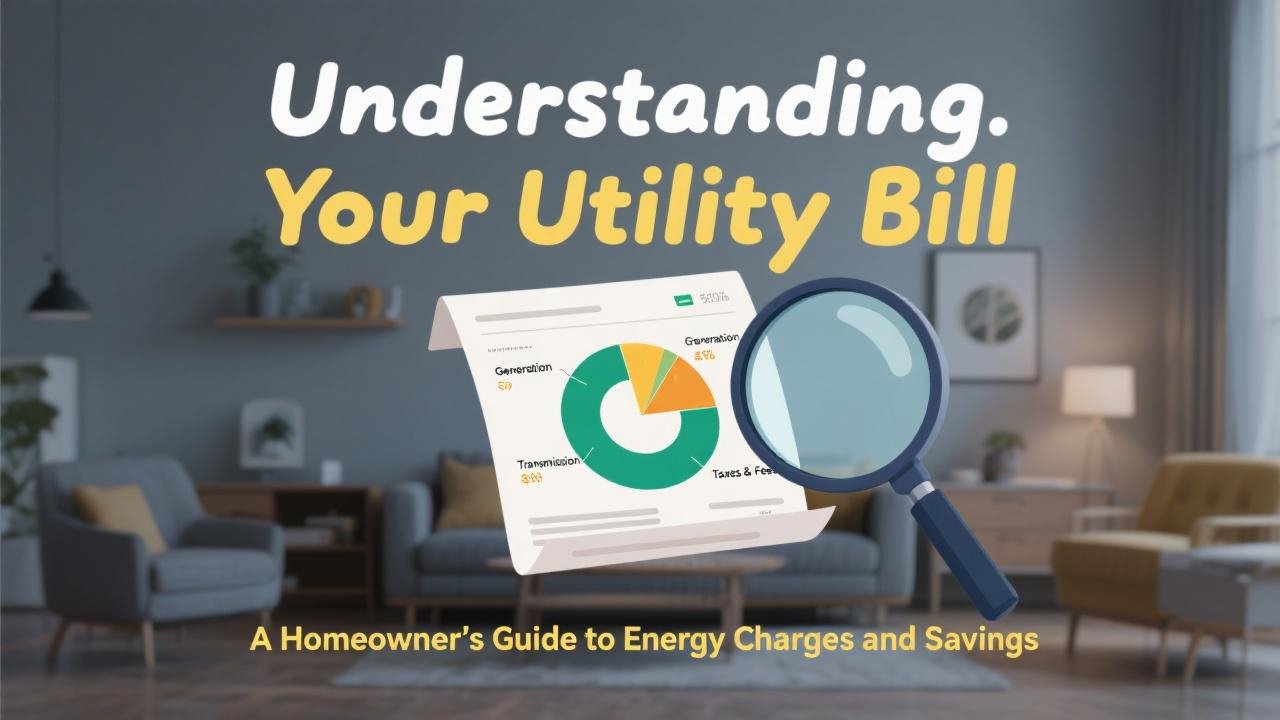Beyond Illumination – Lighting for a Greener Home
Lighting is an essential part of our homes, impacting ambiance, functionality, and even our mood. However, it also accounts for a notable portion of household electricity consumption – around 5-10% for many homes. In 2025, with advanced lighting technologies and smart controls readily available, homeowners have incredible opportunities to significantly reduce their lighting energy use, save money on electricity bills, and contribute to a more sustainable environment, all without sacrificing light quality or convenience. This guide explores the world of energy-saving lighting solutions for your home.
The Evolution of Lighting: From Incandescent to Intelligent
For decades, the incandescent bulb was the standard, but it was notoriously inefficient, converting most of an electricity into heat rather than light. Today, we have far superior options:
LEDs (Light Emitting Diodes): The Reigning Champion
- How They Work: LEDs are semiconductor devices that emit light when an electric current passes through them.
- Efficiency: This is where LEDs truly shine. ENERGY STAR certified LEDs use up to 90% less energy and last 15 to 25 times longer than traditional incandescent bulbs.
- Benefits in 2025:
- Drastic Energy Savings: Significant reduction in electricity used for lighting.
- Long Lifespan: Reduces the hassle and cost of frequent bulb replacements. An LED bulb can last 15,000-25,000 hours or more.
- Excellent Light Quality: Available in a wide range of color temperatures (warm to cool white), brightness levels (lumens), and offer good color rendering (CRI).
- Durability: More resistant to breakage than glass bulbs.
- Instant On: Reach full brightness immediately, with no warm-up time.
- Directional Lighting: LEDs emit light in a specific direction, making them more efficient for recessed downlights and task lighting.
- Dimmable Options: Many LEDs are dimmable (ensure compatibility with your dimmer switches).
- Reduced Heat Output: Produce very little heat, which can also help reduce home cooling costs in warmer months.
- Mercury-Free: Unlike CFLs, LEDs contain no mercury, making them more environmentally friendly to dispose of.
- Cost: While the upfront cost of LED bulbs was once a barrier, prices have dropped dramatically, and the long-term energy and replacement savings make them highly cost-effective.
CFLs (Compact Fluorescent Lamps): A Stepping Stone (Less Common in 2025)
- CFLs were an early energy-efficient alternative to incandescents, using about 75% less energy. However, they contain a small amount of mercury (requiring careful disposal), can have a slower warm-up time, and their light quality and lifespan are generally surpassed by modern LEDs. While still found in some homes, LEDs are now the preferred choice for new installations and replacements.

Choosing the Right Energy-Efficient Lighting: Understanding the Specs
When buying LED bulbs or fixtures in 2025, look for:
* Lumens, Not Watts: Lumens measure brightness. Watts measure energy consumed. To replace an old 60-watt incandescent, look for an LED that produces around 800 lumens (which might only consume 8-10 watts).
* Color Temperature (Kelvins – K):
* Warm White (2700K-3000K): Similar to incandescent light, good for living rooms, bedrooms (cozy, inviting).
* Cool White/Bright White (3500K-4100K): Good for kitchens, bathrooms, workspaces (brighter, more neutral).
* Daylight (5000K-6500K): Simulates natural daylight, good for task lighting, reading, or areas where high visibility is needed (can feel bluish).
* Color Rendering Index (CRI): Measures how accurately colors appear under the light. A CRI of 80 or higher is generally good for homes; 90+ is excellent.
* ENERGY STAR Label: Look for the ENERGY STAR label to ensure the bulb or fixture meets strict criteria for energy efficiency, quality, and performance, including lifespan and color consistency.
* Dimmer Compatibility: If you plan to use a dimmer, ensure the LED bulb is rated as dimmable and is compatible with your specific dimmer switch type (some older dimmers don’t work well with LEDs).
Smart Lighting Controls for Enhanced Efficiency and Convenience:
Beyond just efficient bulbs, smart lighting controls can further optimize your energy use in 2025:
- Smart Bulbs and Fixtures: Wi-Fi or Bluetooth-enabled LEDs that can be controlled via a smartphone app or voice assistant (Alexa, Google Assistant, Siri). You can turn them on/off remotely, dim them, change colors (on some models), and set schedules.
- Smart Switches and Dimmers: Replace your existing wall switches with smart versions, allowing you to control even non-smart (but dimmable) LED bulbs with smart features.
- Occupancy Sensors: Automatically turn lights on when someone enters a room and off when the room is vacant. Great for bathrooms, closets, laundry rooms, and hallways.
- Vacancy Sensors: Require you to manually turn lights on, but automatically turn them off when the room is vacant. Ensures lights aren’t left on accidentally.
- Daylight Sensors (Photocells): Automatically turn outdoor lights on at dusk and off at dawn, or adjust indoor lighting levels based on available natural light.
- Timers: Simple timers can turn lights on and off at preset times.

Strategies for Efficient Home Lighting:
- Task Lighting: Use focused lighting for specific tasks (reading, cooking, working at a desk) rather than brightly illuminating an entire room.
- Layered Lighting: Combine ambient (general room) lighting, task lighting, and accent lighting to create a functional and visually appealing space without over-lighting.
- Maximize Natural Light: During the day, make the most of natural daylight by keeping window coverings open. Arrange workspaces near windows.
- Regularly Clean Fixtures and Bulbs: Dust buildup can reduce light output.
Illuminating Savings and Sustainability
Upgrading your home’s lighting in 2025 is one of the easiest and most impactful ways to save energy and money. By replacing outdated incandescent or CFL bulbs with ENERGY STAR certified LEDs, you’ll enjoy significant reductions in electricity consumption, longer bulb life, and excellent light quality. Layering on smart lighting controls like dimmers, sensors, and schedulers can further optimize your energy use and enhance convenience. Illuminate your home efficiently, and you’ll brighten both your living space and your energy savings.



